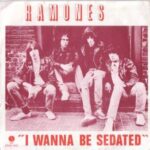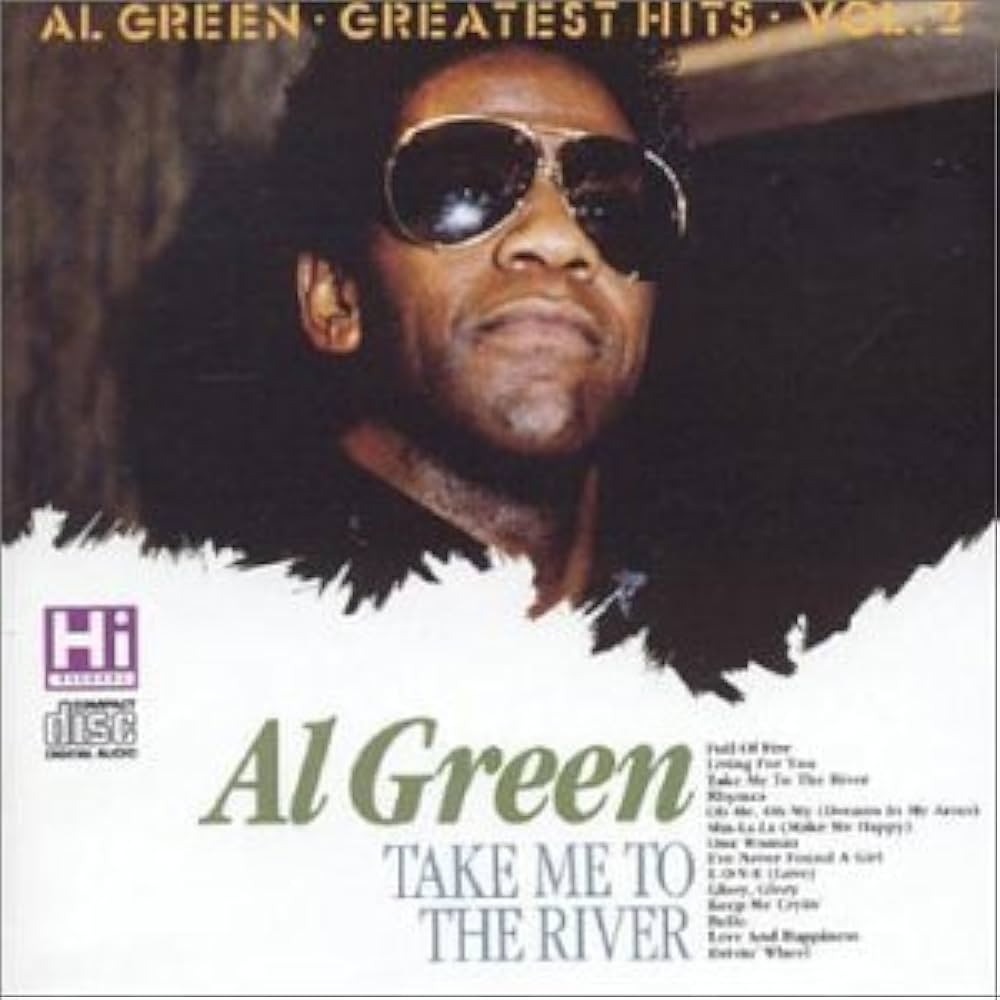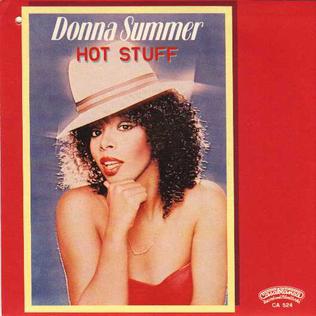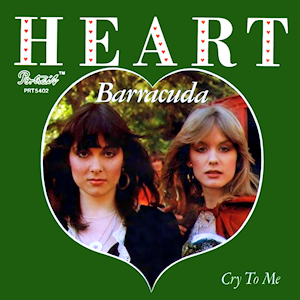 There’s a strange kind of perfection in simplicity—three chords, a manic rhythm, and a hook so catchy it feels like a nervous tic. That’s the magic formula of “I Wanna Be Sedated,” the 1978 classic from The Ramones that somehow captured both the exhaustion and exhilaration of modern life. It’s one of those songs that doesn’t just sound like punk—it defines it. Clocking in at just over two minutes, it’s fast, loud, and stripped of pretense. But beneath its frenzied energy lies something deeper: a cry of frustration, alienation, and fatigue with a world that never slows down.
There’s a strange kind of perfection in simplicity—three chords, a manic rhythm, and a hook so catchy it feels like a nervous tic. That’s the magic formula of “I Wanna Be Sedated,” the 1978 classic from The Ramones that somehow captured both the exhaustion and exhilaration of modern life. It’s one of those songs that doesn’t just sound like punk—it defines it. Clocking in at just over two minutes, it’s fast, loud, and stripped of pretense. But beneath its frenzied energy lies something deeper: a cry of frustration, alienation, and fatigue with a world that never slows down.
The Ramones were never the kind of band to mince words or dabble in complex metaphors. Their genius was blunt force. “I Wanna Be Sedated” may sound like an anthem about boredom or chemical escape, but it’s also a slyly funny reflection on fame, burnout, and the absurdity of rock ‘n’ roll life. It’s punk distilled to its essence—raw, direct, and unfiltered—and more than four decades later, it still feels like the soundtrack to every overstimulated generation that’s ever wanted to shut out the noise.
Birth of a Punk Mantra
By 1978, The Ramones had already become underground legends. They’d released three albums (Ramones, Leave Home, and Rocket to Russia) that built the framework for American punk rock. Yet commercial success remained elusive. They were too rough for the radio, too fast for the mainstream, and too real for record executives who didn’t quite know what to do with them.
“I Wanna Be Sedated” emerged out of that chaos—a snapshot of a band caught between the thrill of rebellion and the grind of constant touring. Joey Ramone wrote the song while recovering from burns he’d suffered in a kitchen accident before a London tour. Stuck in his hotel room, bandaged and bored, Joey channeled that frustration into music. “It’s about the boredom of it all,” he once said. “You’re just sitting there, waiting to go somewhere, waiting to play, waiting to get paid.”
That sense of restless energy—wanting to move but having nowhere to go—became the heart of the song. With Johnny Ramone’s signature downstroke guitar riffs driving the tempo and Marky Ramone’s relentless drumming behind it, the track explodes with nervous tension. Yet it’s never depressing—it’s absurd, ironic, almost gleefully manic.
Inside the Song: Controlled Chaos
“I Wanna Be Sedated” is deceptively simple. Built on a standard three-chord progression (E–A–B), the song barely stops for breath. Joey’s vocals are deadpan but melodic, the perfect mix of detachment and energy. The band barrels forward like a freight train that’s barely holding together, embodying that punk ethos of speed over precision.
The lyrics are a masterclass in punk economy:
“Twenty-twenty-twenty four hours to go,
I wanna be sedated.
Nothing to do, nowhere to go, oh,
I wanna be sedated.”
There’s no poetic metaphor or elaborate imagery—just pure repetition, the sound of someone stuck in their own head. The brilliance lies in how universal that feeling is. Whether you’re a burned-out musician, a bored teenager, or an overworked adult, the desire to “be sedated” hits home.
Even the rhythm of the words mirrors the state of mind the song describes. It’s jittery, circular, compulsive. Joey’s phrasing rides the beat like a ticking clock that refuses to stop, perfectly capturing the claustrophobia of boredom and burnout.
Punk, Pop, and the Art of Irony
The Ramones never considered themselves “artists” in the conventional sense—they were a reaction. Their sound was born from frustration with bloated arena rock and pretentious concept albums that dominated the mid-’70s. While other bands built 12-minute epics with orchestras and elaborate solos, The Ramones made their point in two minutes flat.
“I Wanna Be Sedated” stands as one of the purest examples of that philosophy. It’s catchy enough to be pop, but it’s punk at its core—anti-glamour, anti-intellectual, anti-anything that takes itself too seriously. Yet for all its humor, the song also holds a mirror to modern society’s burnout culture. Long before social media, endless notifications, and “grind life,” Joey Ramone nailed the feeling of sensory overload and exhaustion. The need to shut it all off wasn’t just personal—it was prophetic.
The band’s tongue-in-cheek delivery also adds another layer of irony. “I Wanna Be Sedated” could easily be misread as nihilistic, but The Ramones’ brand of nihilism was different. It wasn’t about despair—it was about detachment. Their rebellion wasn’t a scream; it was a shrug. The humor in Joey’s voice, the relentless drive of the band, and the absurdity of the repetition all suggest they were in on the joke.
Recording the Chaos: The Road to Ruin Sessions
The song appeared on The Ramones’ fourth studio album, Road to Ruin (1978), which marked a turning point for the band. It was their first record with drummer Marky Ramone, who replaced Tommy Ramone (the group’s founding drummer and producer). The album was a little more polished, slightly slower, and more melodic—an attempt to reach a broader audience without abandoning their punk roots.
“I Wanna Be Sedated” became the album’s standout track. Producer Ed Stasium helped the band refine their sound just enough to make it accessible without sanding off the edges. The guitars were thick and crunchy, the drums sharp and driving, and Joey’s voice right at the center—half sneer, half sigh.
Ironically, the song wasn’t an immediate hit. It wasn’t even released as a single in the U.S. until 1980, two years after the album’s debut. But over time, it grew into one of The Ramones’ most recognizable tracks, eventually becoming a punk rock standard.
The Music Video That Cemented a Legacy
By 1988, “I Wanna Be Sedated” had already been a fan favorite for a decade, but it was the music video that gave it new life. Created to promote Ramones Mania, a greatest hits collection, the video became one of the most surreal and iconic punk visuals ever filmed.
The concept was pure chaos: the band sits at a breakfast table, looking utterly bored, while the world around them devolves into absurdity—clowns, acrobats, nurses, ballerinas, and random weirdos running amok. The band never reacts; they just stare blankly at the camera, going through the motions as insanity unfolds around them.
That visual perfectly captures the spirit of the song—disconnection from a world gone mad. It’s satire, performance art, and punk humor rolled into one. The video became a staple of MTV’s late-night programming, introducing The Ramones to a new generation of fans who saw in their deadpan absurdity a reflection of their own apathy.
Cultural Impact: Punk Goes Mainstream
Over the years, “I Wanna Be Sedated” has outgrown its underground origins. It’s been featured in countless movies, TV shows, and commercials—from Rock ‘n’ Roll High School to Ready Player One. It’s the kind of song that instantly transforms any scene into a blur of chaos and rebellion.
But its cultural power goes beyond soundtracks. The phrase “I wanna be sedated” has become part of everyday language, shorthand for feeling overwhelmed, anxious, or burned out. It’s the punk rock equivalent of “I need a break.”
The song’s influence can also be felt in generations of bands that followed. From Green Day and The Offspring to blink-182 and The Strokes, nearly every punk or alternative act that emerged after the 1970s carries a bit of The Ramones’ DNA. They proved that music didn’t need virtuosity or grandeur to matter—it just needed attitude and honesty.
Beyond Punk: A Mirror for Modern Life
The true brilliance of “I Wanna Be Sedated” is that it remains just as relevant today as it was in 1978. In a world constantly buzzing with information, where exhaustion has become a status symbol and everyone’s running on fumes, the song feels oddly prophetic.
What Joey Ramone captured in those two minutes of manic energy is the same feeling that drives people today to scroll endlessly on their phones, binge-watch shows to escape reality, or drown out noise with headphones. It’s not just about wanting sedation—it’s about craving peace in a culture that never stops moving.
In that sense, “I Wanna Be Sedated” has evolved from a punk anthem into a modern existential cry. It’s no longer just a tour-weary rock star’s lament; it’s the universal sound of burnout.
The Ramones’ Unlikely Heroism
Despite never achieving massive commercial success during their prime, The Ramones changed music forever. They didn’t care about charts or radio play—they cared about speed, simplicity, and spirit. Every short, explosive song they made was a middle finger to the status quo.
“I Wanna Be Sedated” captures everything that made them special: the humor, the frustration, the refusal to slow down or compromise. It’s the sound of a band that found poetry in exhaustion and turned monotony into a war cry.
In an interview years later, Johnny Ramone reflected on the song’s enduring appeal: “It’s just honest. It’s how we felt. We were always on the move, always tired, and just wanted to keep playing. It’s real.”
That realness is what keeps the song alive. The Ramones might have played faster than anyone, but they also spoke more directly than anyone. They stripped music down to its rawest nerve and somehow made that nerve sound fun.
Legacy of the Sedated
Over 40 years since its release, “I Wanna Be Sedated” remains one of the defining songs of punk rock—and one of the most instantly recognizable tracks in all of modern music. It’s been covered by countless artists, from The Offspring to Green Day to even Bruce Springsteen in concert tributes. Each version underscores the song’s versatility: it’s a punk anthem, a pop hook, a cultural joke, and a universal truth all at once.
In 2011, Rolling Stone named it one of the 500 Greatest Songs of All Time, a rare honor for a band that was largely overlooked by mainstream critics in their day. The song’s success also helped cement The Ramones’ legacy as the godfathers of punk, a title they earned not through radio hits but through sheer influence.
Today, the band’s logo—a parody of the U.S. presidential seal—is worn on T-shirts worldwide, and “I Wanna Be Sedated” remains the go-to anthem for anyone who feels overwhelmed by the absurdity of existence. Whether it’s blaring from the speakers at a dive bar, echoing through a movie theater, or playing through earbuds on a crowded subway, it’s still a perfect expression of frustration and freedom all at once.
Conclusion: Two Minutes to Freedom
“I Wanna Be Sedated” is more than just a punk song—it’s a mood, a mantra, a mirror held up to modern life. It captures the paradox of being alive in a world that won’t slow down: the desire to keep going and the simultaneous need to escape.
For The Ramones, it was a joke about boredom and burnout on the road. For the rest of us, it became something larger—a way to say “I’m overwhelmed” without apology. It’s proof that sometimes the simplest art says the most.
Even decades later, that iconic count-in—“Twenty-twenty-twenty-four hours to go…”—still feels like an adrenaline shot. It’s both an anthem of exhaustion and a celebration of endurance. The Ramones might have wanted sedation, but their music had the opposite effect: it woke up an entire generation.
In a world still moving too fast, “I Wanna Be Sedated” remains the ultimate soundtrack for anyone who’s ever felt trapped in the chaos—and decided to laugh about it instead.


